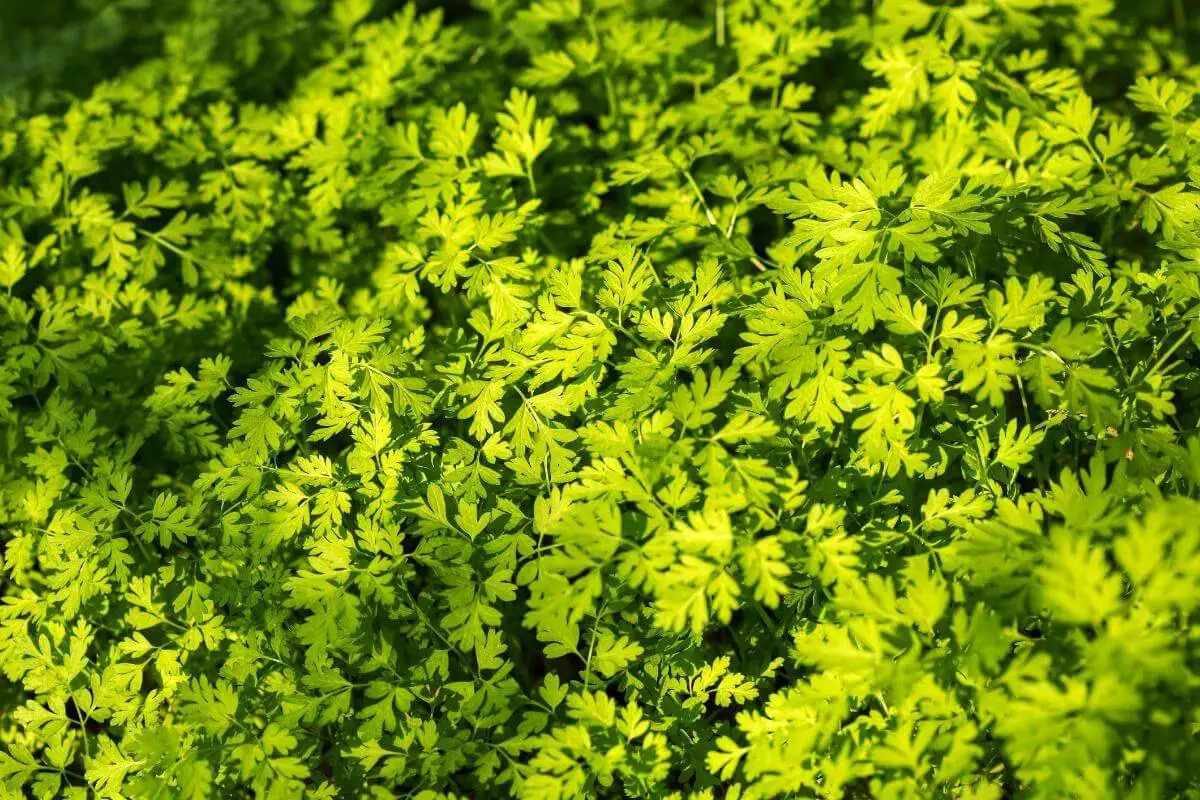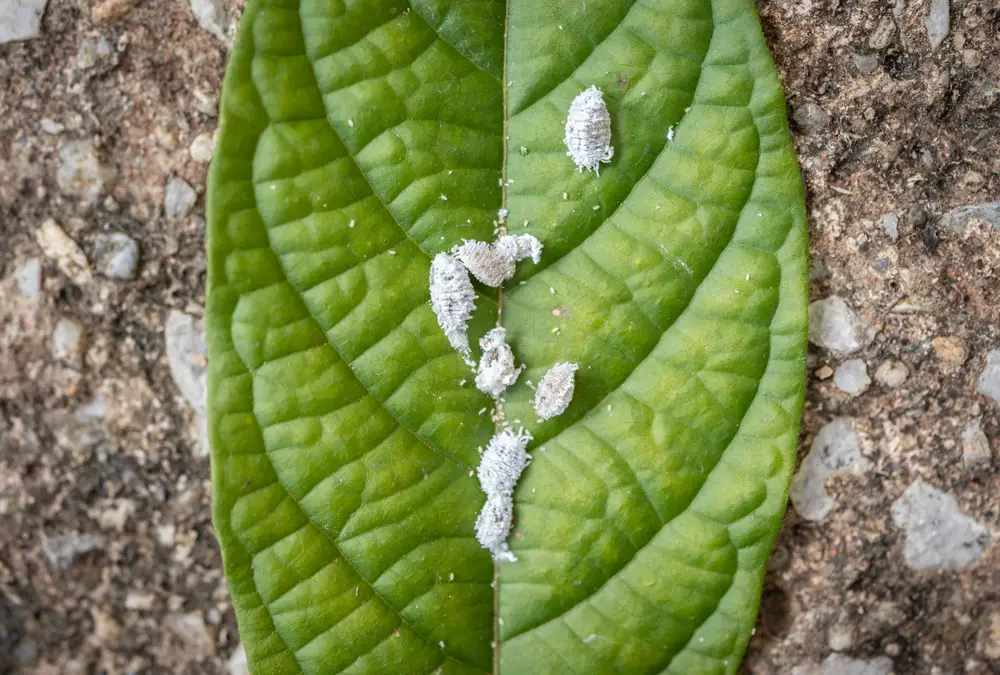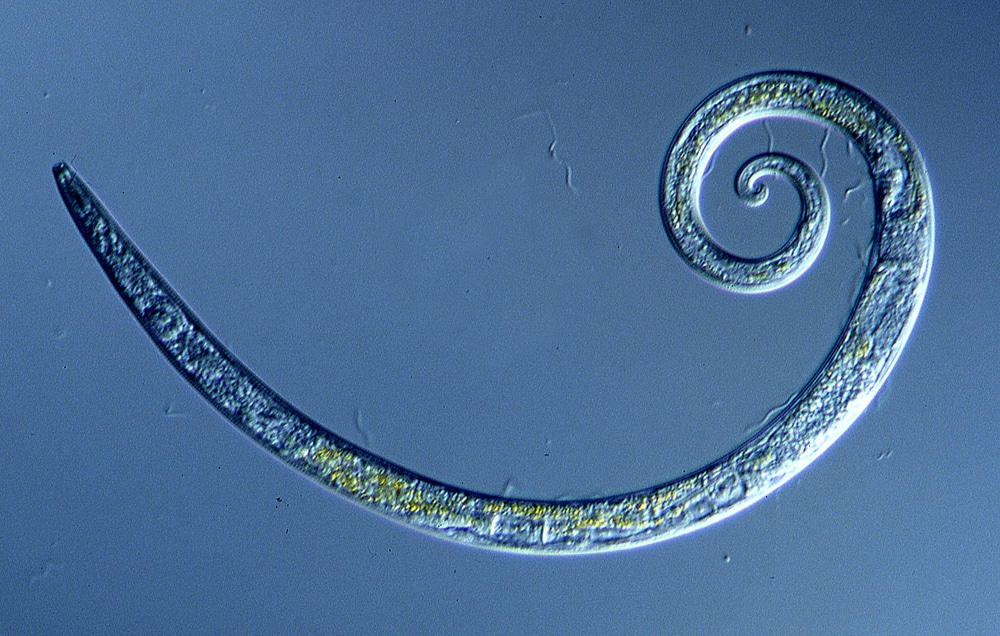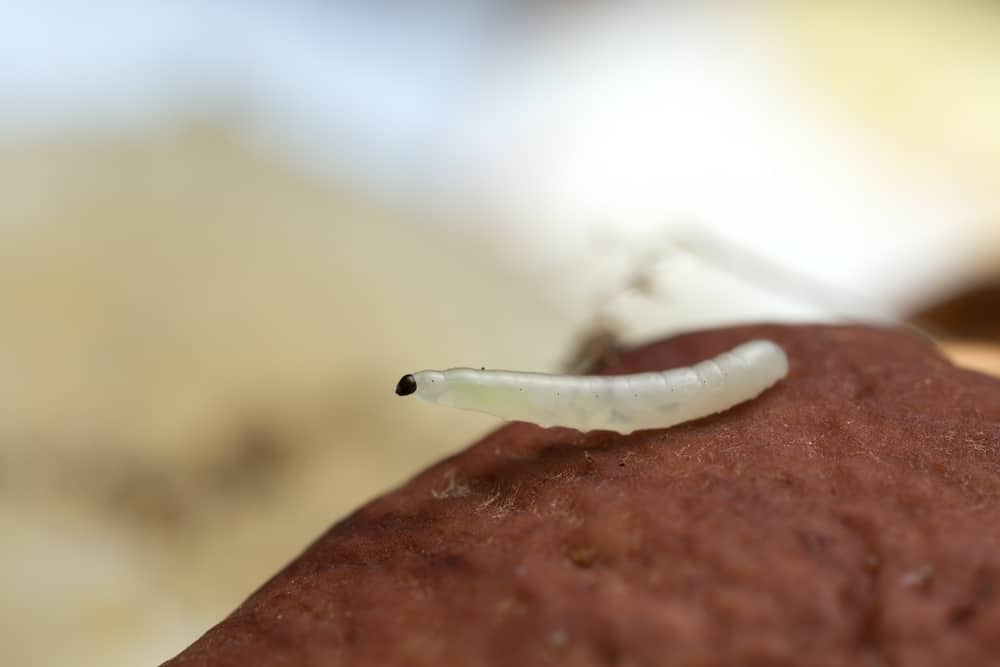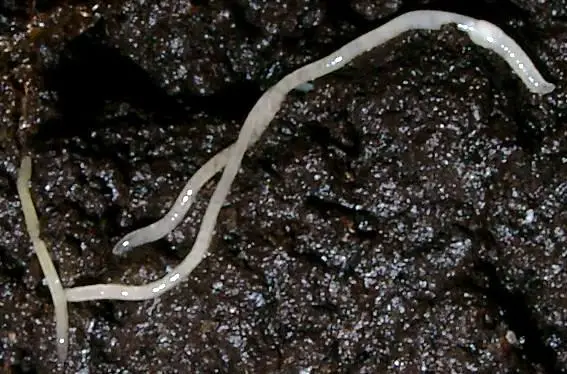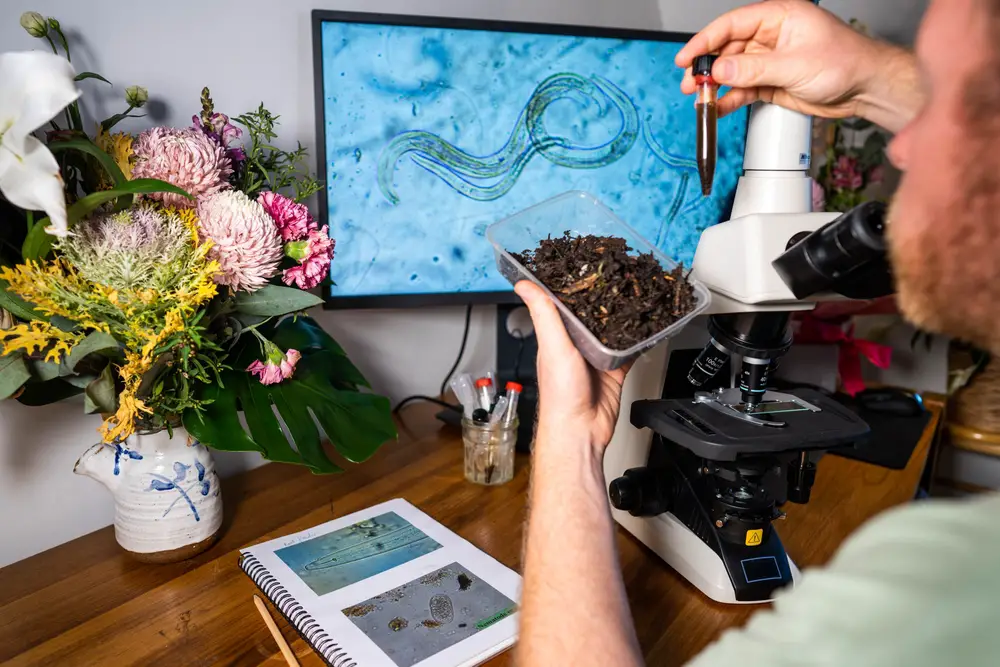Parsley leaves can become yellow owing to root rot produced by wet soil or as a symptom of lack of water.
They can also turn yellow due to aphid or spider mite infestation.
Yellow leaves don’t have to be bad news. If sickness is the source, it’s advisable to get rid of the contaminated yellow parsley to be safe. However, if pests or other causes are the issues, you may consume the leaves if you want to. They may have a different flavor than greener leaves, but that isn’t always bad.
Causes of Yellow Parsley and the Control Measures
| Causes of Yellowing Parsley | Control Measures |
|---|---|
| Viral/fungal/bacterial | Exclusion, eradication, protection |
| Water | Don’t underwater or overwater |
| Compacted root damage | Incorporate organic materials/mulch |
| Light | Ensure the plant receives enough sunlight |
| Soil PH | 6.0-7.0 |
| Nutrients | Use a lot of compost |
| Pests | Use predatory insects to control |
How to Identify Parsley That Has Turned Yellow Due To Diseases
Leaf spot illnesses are caused by three types of pathogenic microbes:
- fungus
- bacteria
- and viruses
These diseases cause the plant to yellow, although it is usually tiny brown patches trimmed in yellow rather than an overall yellowing or fading of their hues.
Have you noticed:
- Viral disease signs: They include Yellowed leaves, mosaic leaf patterns, plant stunting, and crinkled leaves.
- Fungal disease signs: Damping-off of seedlings, yellowing of leaves, leaf spot.
- Bacterial disease Signs: They include Bacterial leaf spots on both the top and bottom of the leaves, blight-like symptoms, small black fruiting bodies of the fungus.
Preventive measures:
- Exclusion: This principle includes any measure that prevents disease-causing agent (pathogen)introduction into a farm.
- Eradication: This approach seeks to eradicate a disease that has already been introduced into the farm before it is well established or extensively disseminated. Crop rotation and soil fumigation are two examples.
- Protection: This approach is based on creating a barrier between the plant and the pathogen. It includes the use of fungicides, irrigation, and adjusting the PH of the soil.
How to Identify Other Causes of Parsley Turning Yellow

Lack of Enough Water or Too Much Water
Moisture stress is one of the most prevalent reasons for yellowing parsley leaves.
If your parsley plant isn’t getting enough water, its leaves will begin to droop for the plant to avoid excessive transpiration.
Leaves curling inward, sagging down, or turning crunchy are other indicators that your plant is not getting enough water.
On the other hand, a plant that receives too much water may suffer from fading leaves.
Soil gets heavy and saturated when it does not drain effectively.
As a result of the lack of oxygen, the roots will drown.
Treatment: Don’t underwater or overwater your parsley.
Compacted Root Damage
Root damage may occur in various ways, ranging from errant shovels to rot.
When roots are injured, they may struggle to supply water, oxygen, and nutrients your plant needs. In some situations, the roots are unable to function correctly, resulting in yellow leaves.
Compacted roots rot damage.
Treatment: To keep parsley leaves green, incorporate organic materials and organic mulch into your planting areas.
Too Little Light
Examine the leaves carefully.
If a parsley plant is not getting enough light, it will turn yellow on the side facing away from the light source.
This is often due to the leaves closest to the light obstructing it.
Treatment: Move the plant to a sunnier. You can also try putting up an artificial light.
Improper Soil PH
The pH of the soil impacts whether or not plants can obtain nutrients.
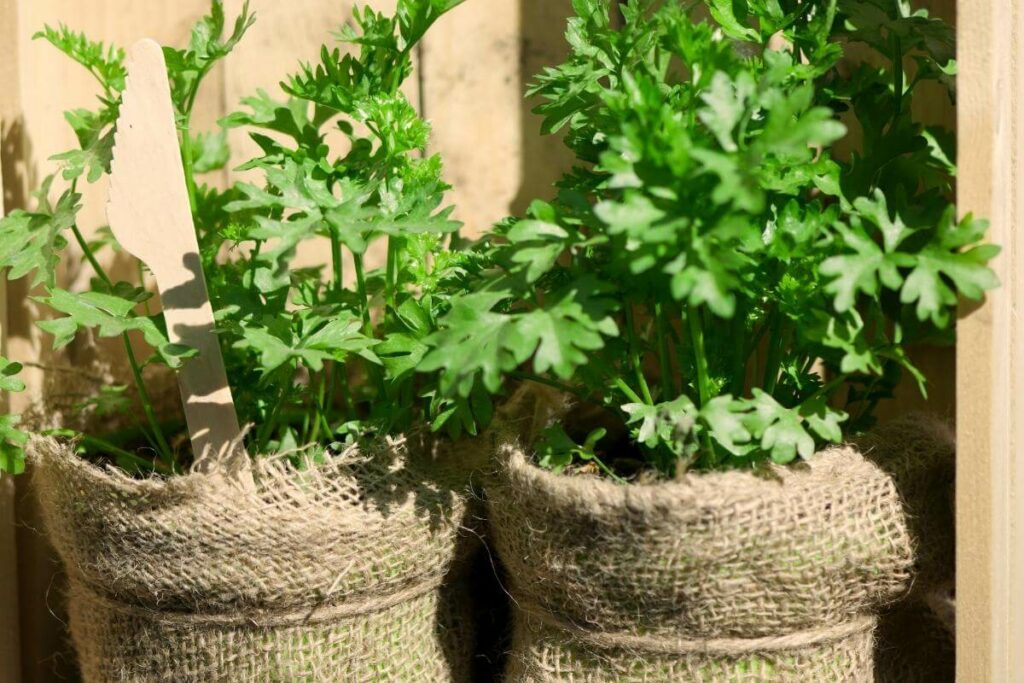
The availability of nutrients changes when soil pH rises or falls on the pH scale. Parsley grows best on soil with a PH of 6.0 to 7.0.
When the pH of the soil falls below or beyond the optimum range, some nutrients become less available to it.
Even if nutrients are present, they cannot be absorbed, even if fertilizers are added. The leaves will soon turn yellow.
Treatment: Fix the PH issue.
Nutrient Deficiency
The top leaves will most likely turn yellow first, and the old leaves may acquire an unusual pattern in addition to yellowing.
They might develop black veins, or the tissue between them could become yellow. Alternatively, it will expand at a glacial pace.
Treatment: For nutrients, you’ll want to add a lot of compost.
Pests
Pests that attack parsley plants include aphids and spider mites. They create tiny yellow dots on the parsley leaves.
Treatment: Use predatory insects to control the pests.
Final Thoughts
There are several causes for the yellowing of parsley leaves.
Some are caused by illness, insufficient or excessive water, compacted roots, rot damage, poor light, incorrect soil PH, nutritional deficiency, and pests.
It is important to discover the specific cause of why the parsley leaves turned yellow since this impacts whether the yellow leaves are safe to consume.
